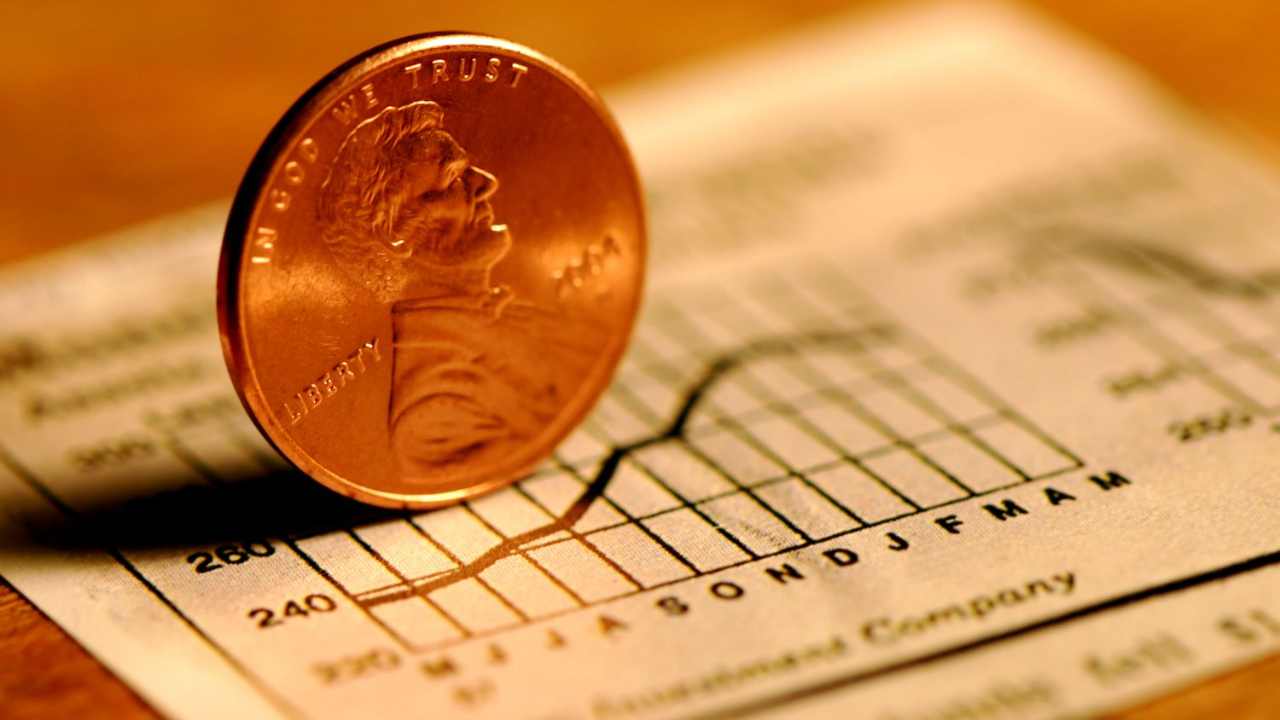H-1FY25 Review: As of today, the gold rate has shown resilience following a decline of approximately one percent on Monday. In the international market, the spot gold price concluded at $2,634 per troy ounce, while the domestic MCX gold rate settled at ₹74,924 per 10 grams. Notably, Monday marked the last trading day of the first half of FY25, showcasing an impressive rally of around 10.75% in MCX gold rates, up from ₹67,677 to ₹74,924 per 10 grams. Similarly, the spot gold price reflected a commendable increase from $2,233 to $2,634 per troy ounce, representing a substantial rise of roughly 17.50% during the first six months of FY25. When comparing gold’s performance in H-1FY25 to the Nifty 50’s return, the yellow metal has outperformed the Indian stock market index by about 2%.
Commodity market experts attribute the rally in gold prices to several critical factors: the anticipated US Federal Reserve’s rate cuts, tensions in the Middle East and Southeast Asia, concerns over the US economy, and a notable increase in gold ETF holdings. These elements have collectively fueled the demand for gold throughout the first half of FY25, indicating a strong trend that may continue into the second half of the financial year.
Triggers for the Gold Price Rally in H-1FY25
Sugandha Sachdeva, Founder of SS WealthStreet, highlights that the surge in gold prices reflects a complex interplay of geopolitical risks, shifts in monetary policy, and economic uncertainties influencing investor behavior throughout 2024.
Colin Shah, Managing Director at Kama Jewelry, elaborates on the key factors driving gold’s remarkable performance: “The initiation of a rate cut cycle in the US, coupled with growing expectations for additional rate cuts at upcoming meetings, has led to a bullish sentiment toward gold. The ongoing geopolitical tensions in the region, particularly between Israel and Lebanon, have further contributed to rising gold prices.”
Anuj Gupta, Head of Commodity & Currency at HDFC Securities, identifies two major reasons behind the recent spike in gold prices: the US Fed’s rate cut and escalating tensions arising from the Israel-Hamas conflict. The announcement of the Fed’s rate cut in September triggered a significant uptick in global gold prices. As the Israel-Hamas war persists, uncertainties regarding global trade contribute to the heightened demand for safe-haven assets like gold, resulting in climbing prices.
“Investor interest in gold ETFs has seen a robust resurgence, marked by substantial inflows over the past four months. In August alone, global gold ETF holdings surged by $2.1 billion, amplifying the metal’s rally as ETFs increased their physical gold holdings to accommodate the rising demand,” notes Sugandha Sachdeva. She adds that central banks, particularly in emerging markets, have ramped up their gold purchases to diversify away from the US dollar, providing a solid support base for gold prices and reinforcing its upward trajectory throughout the year.
Gold Price Outlook
Looking ahead, demand for gold is expected to remain strong with the approach of the festive season. A favorable monsoon year is likely to bolster rural demand as well. Currently, gold prices are testing the $2,700 per troy ounce mark, with expectations that they may reach $3,000. In the domestic market, prices are projected to exceed ₹78,000 in the medium to long term, reflecting positive sentiments surrounding gold investments.
According to the World Gold Council, historically, gold prices have rallied by as much as 10% within six months following the first Fed rate cut. Given that the current starting point is higher than anticipated, there is considerable potential for further gains as the year progresses, especially with the upcoming US elections adding volatility and uncertainty, alongside a resurgence in ETF demand. Although recent Swiss gold export data may indicate declining Chinese demand, analysts believe this relates more to quota exhaustion rather than weakening interest from local investors.
The UBS CIO report has suggested that gold serves as an attractive long-term hedge due to its inherent qualities. It recommends a diversified USD-denominated portfolio with a 5% allocation to gold as a protective measure. Furthermore, select gold mining stocks are viewed favorably in a more tactical context. The report has raised its gold price forecasts, predicting $2,750 per troy ounce by the end of 2024 (up from $2,600), $2,850 by mid-2025 (up from $2,700), and $2,900 by the end of the third quarter of 2025 (up from $2,750).
Disclaimer: The views and recommendations expressed in this analysis reflect those of individual analysts or brokerage firms, not the publisher. Investors are strongly advised to consult certified experts before making any investment decisions, as market conditions can change rapidly and individual circumstances may differ.











